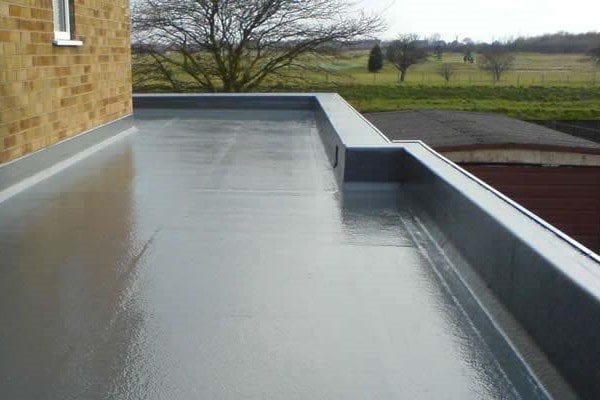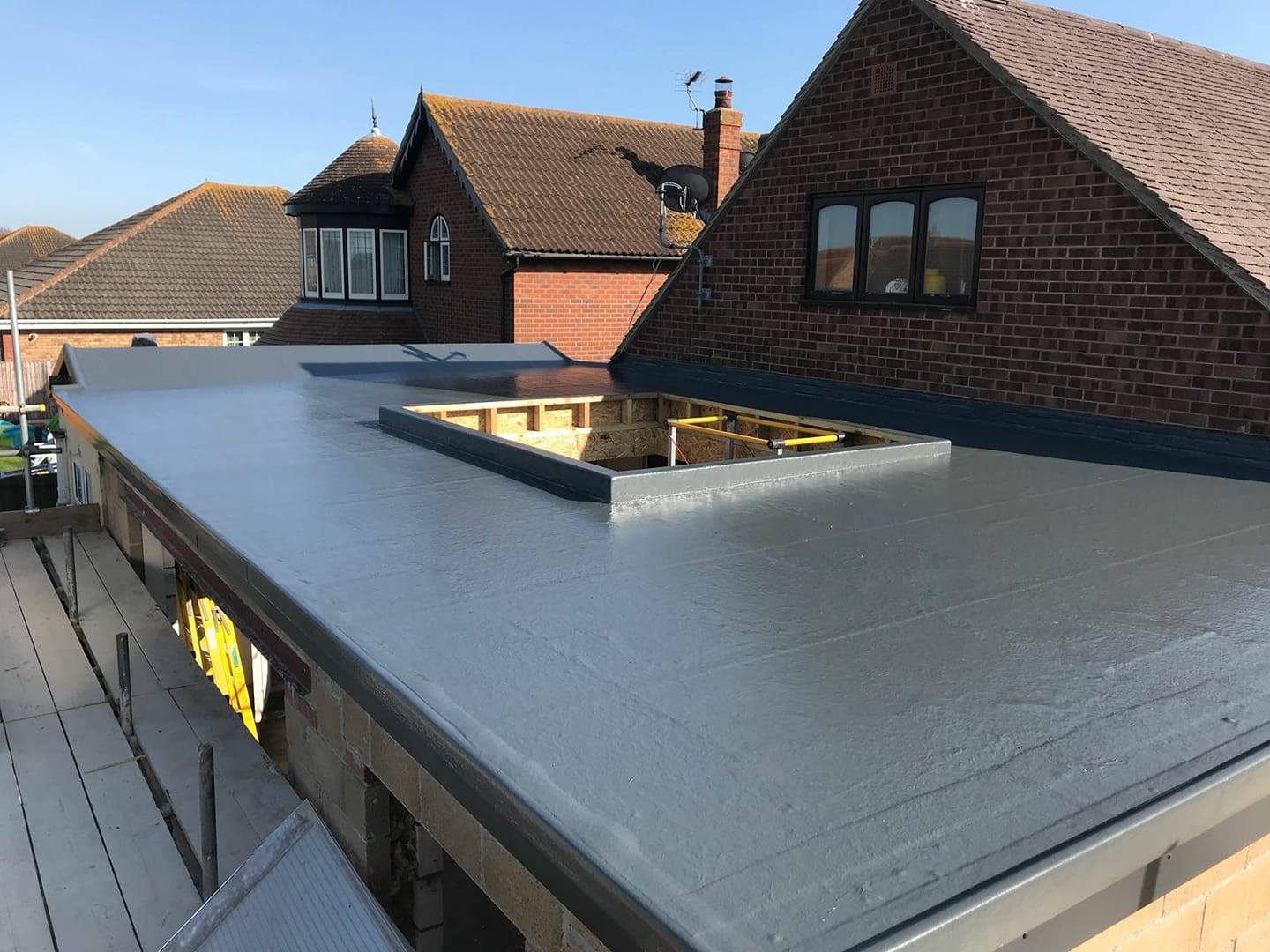When it comes to roofing materials, fibreglass has gained popularity for its unique set of advantages and disadvantages. Fibreglass roofing, also known as GRP (Glass Reinforced Plastic) roofing, offers a blend of strength, durability, and versatility. However, like any construction material, it comes with its share of drawbacks. In this article, we will delve into the advantages and disadvantages of fibreglass roofing to help homeowners and builders make informed decisions.
Advantages of Fibreglass Roofing
Durability and Longevity
Fibreglass roofing is renowned for its exceptional durability. It can withstand extreme weather conditions, including heavy rain, snow, and UV exposure, without showing signs of deterioration. This longevity ensures that the roof remains intact for an extended period, reducing the need for frequent repairs or replacements.
Lightweight
Fibreglass is a lightweight material compared to traditional roofing options like tiles or metal. This characteristic makes installation easier and faster, reducing labour costs and the overall burden on the structure. The lightweight nature also puts less stress on the building’s foundation.
Versatility in Design
Fibreglass roofing offers a high level of versatility in design. It can be moulded into various shapes and sizes, allowing for creative and customized roofing solutions. This flexibility makes fibreglass an ideal choice for unconventional roof designs or structures with unique architectural requirements.
Seamless Installation
Unlike some roofing materials that require seams and joints, fibreglass roofing can be applied seamlessly. This minimizes the risk of leaks and water ingress, providing superior waterproofing for the structure. The absence of seams also contributes to a cleaner and more aesthetically pleasing finish.
Low Maintenance
Fibreglass roofing requires minimal maintenance compared to traditional roofing materials. It is resistant to rust, corrosion, and rot, reducing the likelihood of issues that commonly plague other roofing options. Regular inspections and occasional cleaning are typically sufficient to keep a fibreglass roof in optimal condition.

Disadvantages of Fibreglass Roofing
Cost
One of the primary disadvantages of fibreglass roofing is its initial cost. While it may offer long-term savings in maintenance and repairs, the upfront expense can be higher than some other roofing materials. Homeowners must weigh the initial investment against the expected lifespan and benefits of fibreglass roofing.
Installation Complexity
Despite being lightweight, the installation of fibreglass roofing can be intricate and requires skilled professionals. Improper installation can lead to issues such as leaks and reduced durability. Homeowners should ensure that experienced contractors handle the installation to maximize the benefits of the material.
Limited Insulation
Fibreglass roofing has limited inherent insulation properties. While it provides a protective layer, additional insulation may be required in colder climates to enhance energy efficiency. This supplementary insulation can add to the overall cost and complexity of the roofing system.
Vulnerability to Impact
Although fibreglass is a strong material, it can be vulnerable to impact damage. Hailstorms or falling debris may cause cracks or dents in the roofing surface. While repairs are possible, addressing such damages promptly is crucial to maintaining the roof’s integrity.
Environmental Impact
The production of fibreglass involves the use of non-renewable resources, and the manufacturing process can have environmental implications. Additionally, the disposal of fibreglass roofing materials at the end of their lifespan can pose challenges due to the non-biodegradable nature of the material.
In Conclusion
Fibreglass roofing presents a compelling option for those seeking a durable, lightweight, and aesthetically pleasing roofing solution. However, it’s essential to carefully consider the specific requirements of the project and weigh the advantages against the potential drawbacks. By understanding both sides of the fibreglass roofing coin, homeowners and builders can make informed decisions that align with their priorities and budget constraints.

